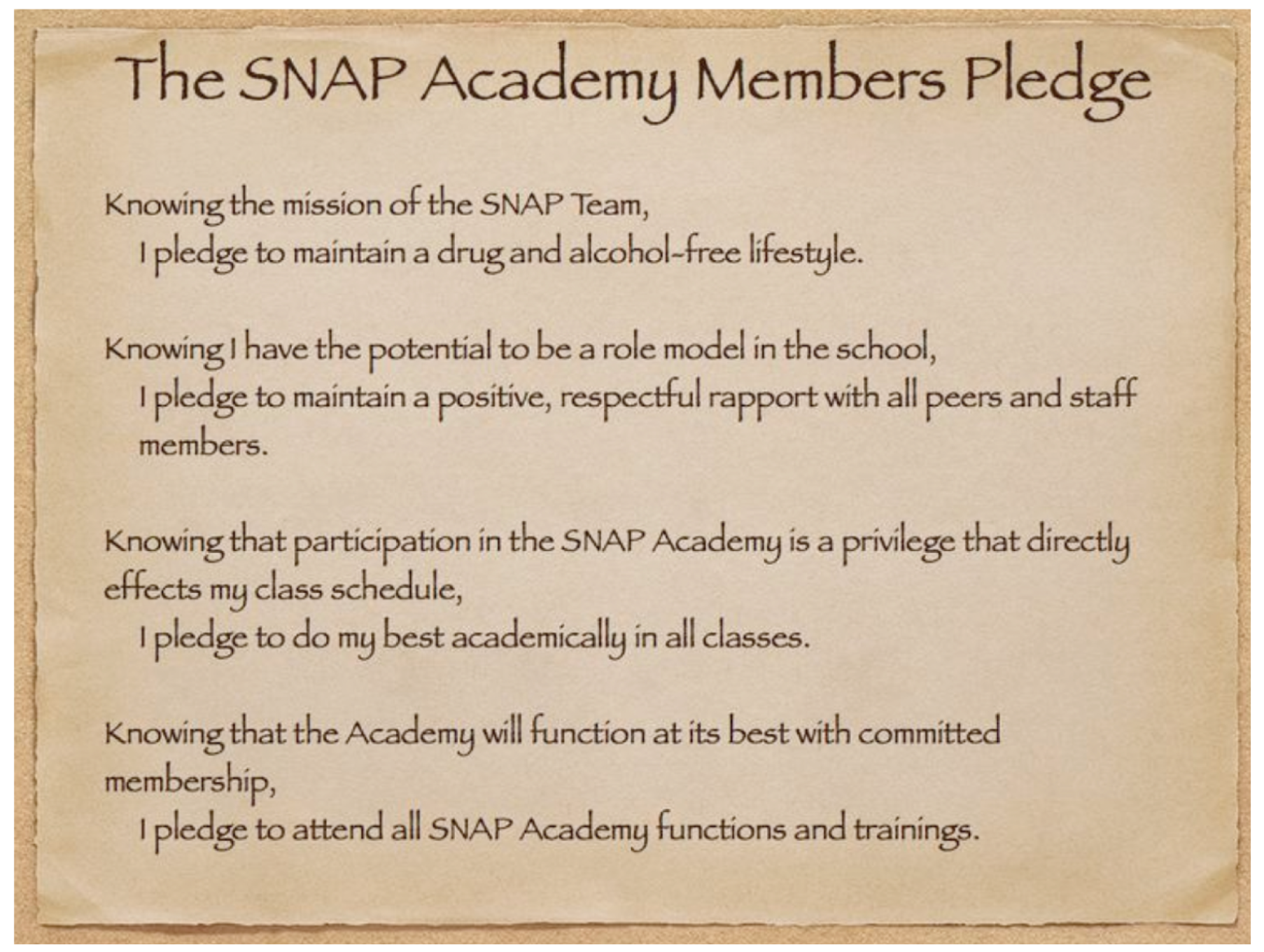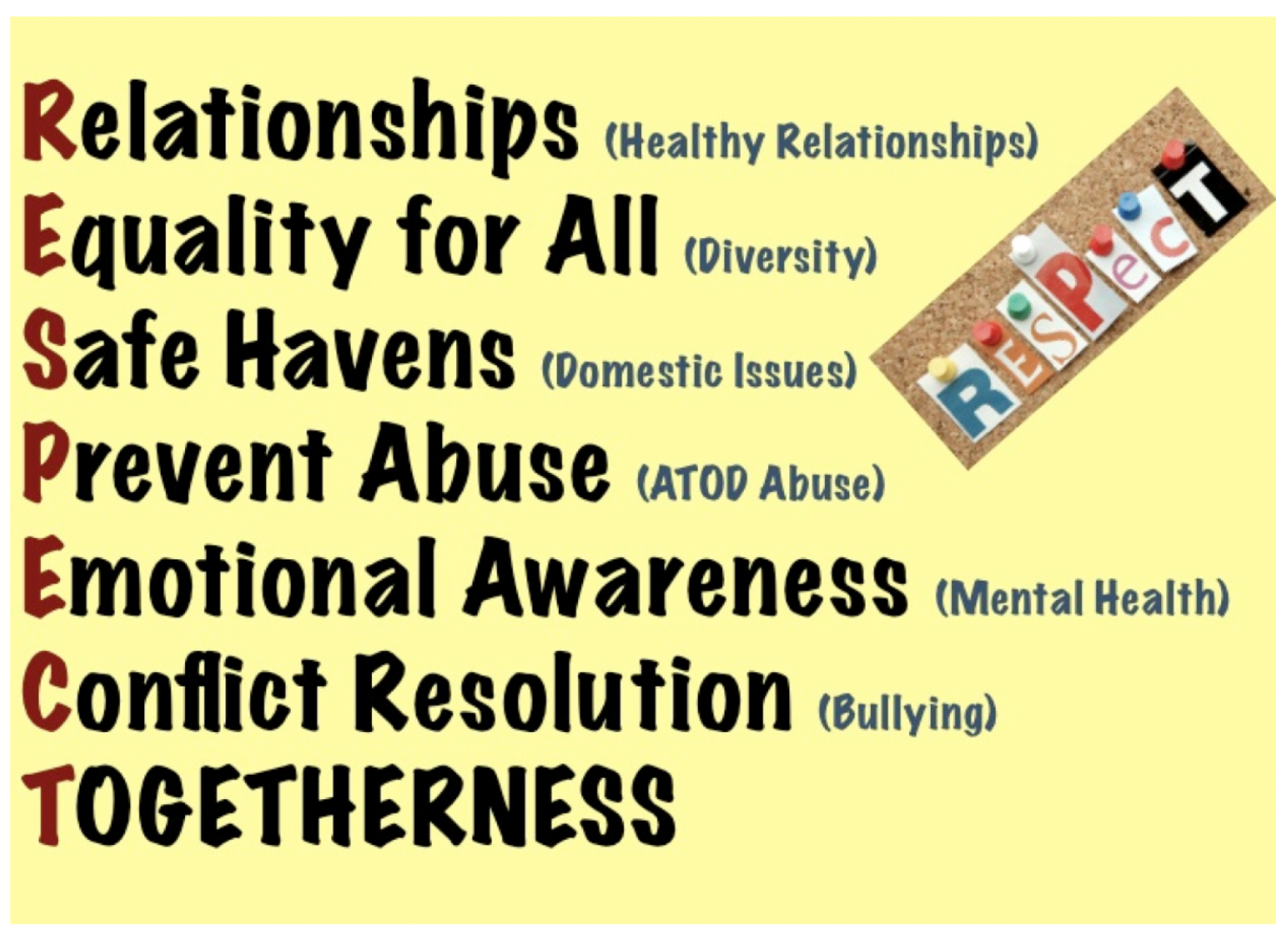072: When Students Become the Support System
Nov 14, 2025
One of the things I’m most proud of from my teaching career was co-creating the SNAP Academy (Student Needs Assistance Program) alongside two of my closest colleagues.
At the time, I had served as the SNAP Team Coordinator at our high school for over 5 years. The SNAP Team supported students facing barriers to learning, whether mental health challenges, drug and alcohol concerns, or personal crises.
Each referral set a process in motion: gathering data from teachers and families, meeting with students, and connecting them with the right supports. It was never punitive; the goal was always connection, not correction. We aimed to help students find stability so learning could occur.
One year, the number of referrals skyrocketed. We realized we were doing more “response and intervention” and desired to do more “prevention.”
What if we could equip students themselves to lead prevention… to be the voice, the bridge, and the example for their peers?
Turning an Idea into Action
With the idea and support from our principal, we wrote a grant and received $70,000 to launch what became the SNAP Academy, a student leadership community.
We asked teachers to nominate students who showed leadership potential. We specified that we were not necessarily seeking “perfect” leaders, but those who influenced others in any direction. We wanted the kids who had reach.
We invited 70 students, who represented the diverse student population (from age to interest to ethnicity) of our school, to the auditorium to learn about this new vision. We hoped 20 would say yes. Fifty did.
We suddenly had athletes, artists, musicians, honors students, and quiet kids who hadn’t joined a single club all sitting side by side, ready to do something meaningful.
The Birth of a Student-Led Movement
The SNAP Academy evolved into a three-year leadership course worth 0.5 credits.
In their first year, students explored the Search Institute’s Developmental Assets and CASEL’s SEL Competencies, focusing on their intrapersonal and interpersonal skills.
Through specially crafted experiences, the group bonded, co-created a mission statement and The SNAP Academy Pledge, and committed to a lifestyle of responsibility, respect, and positive influence (see image below).

(Yes! This is the original slide from our work!)
They also developed a shared value system: R.E.S.P.E.C.T., which stood for
Relationships, Equality for All, Safe Havens, Prevent Abuse, Emotional Awareness, Conflict Resolution, and Togetherness.
 (Another original slide of the students' work!)
(Another original slide of the students' work!)


